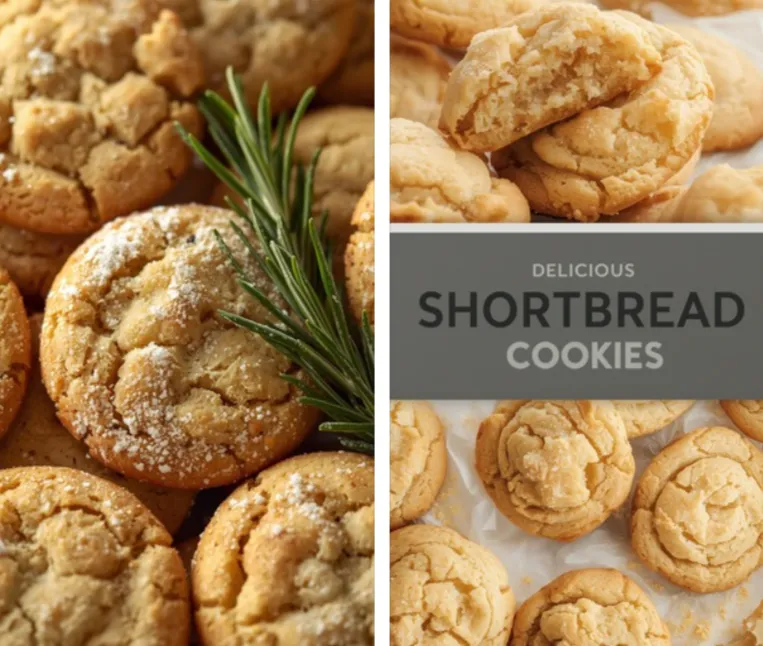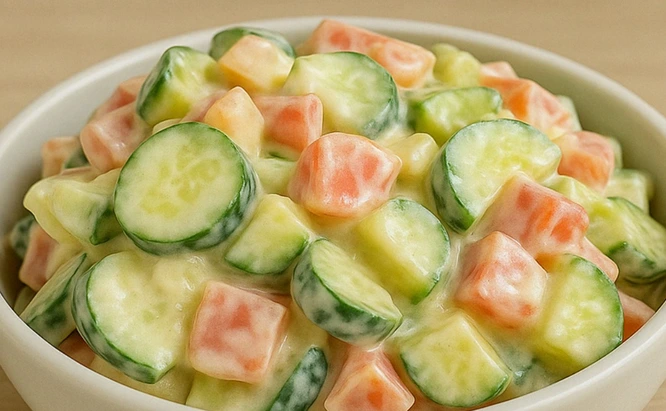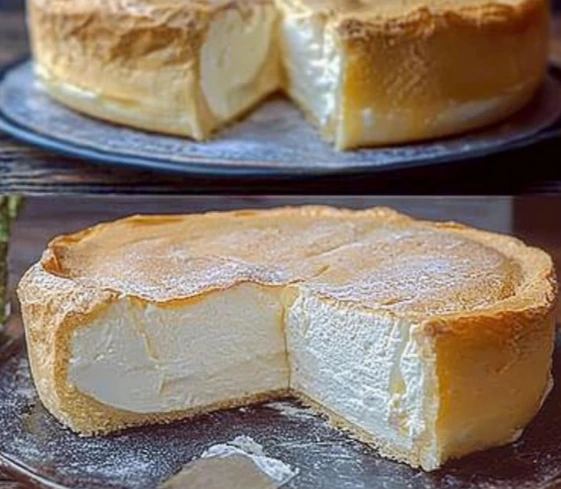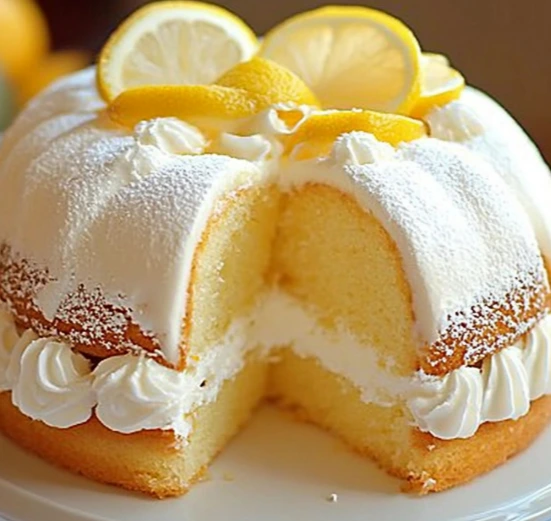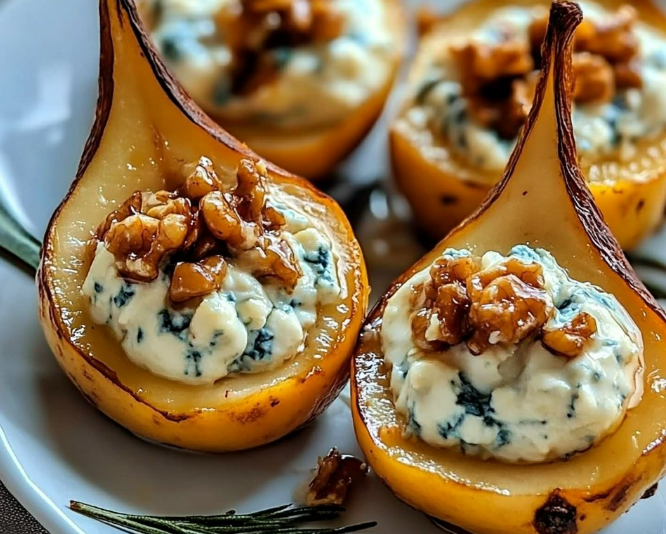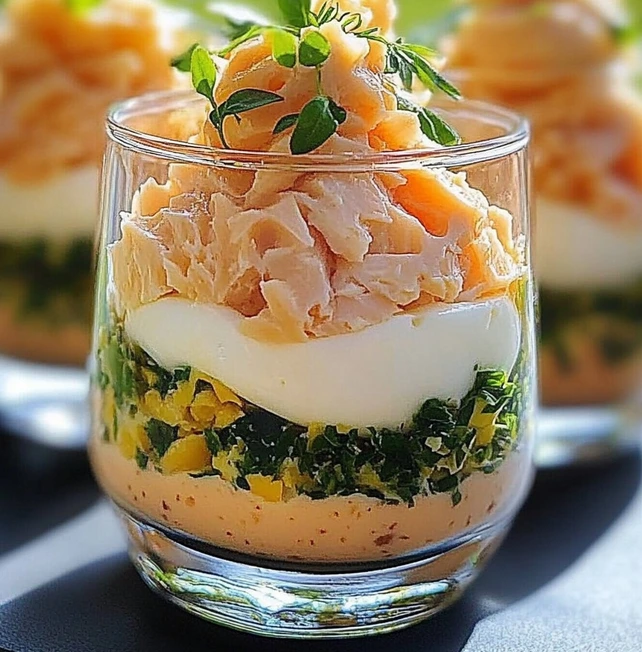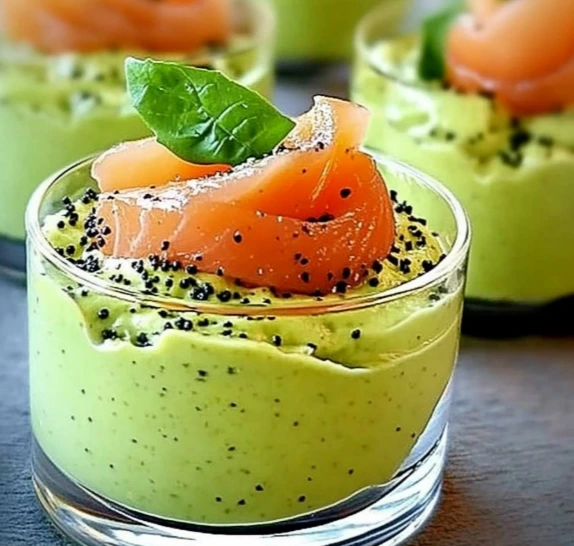Shortbread Cookies are the epitome of simplicity and elegance in baking. With just a few ingredients — butter, sugar, and flour — they deliver a rich, buttery flavor and a delicate, crumbly texture that melts in the mouth. Originating from Scotland, shortbread has become a beloved treat around the world, often associated with holidays, celebrations, and afternoon tea. Their understated sweetness and crisp texture make them perfect on their own or as a base for countless variations.
Shortbread Cookies are a celebration of pure, simple ingredients. The name “shortbread” comes from the high butter content, which gives the dough its “short,” crumbly texture. Unlike other cookies, shortbread contains no leavening agents like baking powder or soda, resulting in a dense, tender bite. The key to perfect shortbread lies in the quality of the butter and the precision of the baking process.
The Essence of Shortbread Cookies
Shortbread Cookies are defined by their buttery richness and delicate crumb. They’re crisp yet tender, sweet but not overly so, and perfectly balanced in flavor. The dough is versatile — it can be pressed into a pan and cut into bars, rolled and cut into shapes, or formed into rounds. Once baked, the cookies have a pale golden color and a subtle aroma that’s both comforting and luxurious.
Why Choose Shortbread Cookies?
Shortbread Cookies are timeless. They’re easy to make, require minimal ingredients, and can be customized endlessly. They’re perfect for gifting, as they stay fresh for days and travel well. Their simplicity makes them a blank canvas for creativity — drizzle them with chocolate, dip them in caramel, or infuse them with herbs or citrus zest. Whether served with tea, coffee, or dessert wine, they bring a touch of elegance to any occasion.
The Science of Perfect Shortbread
The secret to perfect shortbread lies in the ratio of butter to flour and sugar. Butter provides flavor and tenderness, while flour gives structure. Sugar sweetens and contributes to the crisp texture. The dough must be mixed gently to avoid developing gluten, which would make the cookies tough. Baking at a low temperature ensures even cooking and prevents browning, preserving the signature pale color.
Choosing the Best Ingredients
- Butter: Use high-quality unsalted butter for the best flavor. European-style butter with higher fat content gives a richer taste.
- Sugar: Granulated sugar creates a crisp texture, while powdered sugar yields a more tender crumb.
- Flour: All-purpose flour provides structure without heaviness.
- Salt: Enhances the buttery flavor and balances sweetness.
- Vanilla Extract (optional): Adds warmth and depth.
Step-by-Step Recipe: Classic Shortbread Cookies
Ingredients
- 1 cup (225 g) unsalted butter, softened
- ½ cup (65 g) powdered sugar
- 2 cups (250 g) all-purpose flour
- ¼ teaspoon salt
- 1 teaspoon pure vanilla extract (optional)
Instructions
- Preheat the oven: Set the oven to 325°F (160°C) and line a baking sheet with parchment paper.
- Cream the butter and sugar: In a large bowl, beat the butter and powdered sugar together until smooth and creamy, about 2 minutes.
- Add vanilla and salt: Mix in the vanilla extract and salt until combined.
- Add the flour: Gradually add the flour, mixing on low speed until a soft dough forms. Do not overmix.
- Shape the dough: Roll the dough into a log, press into a pan, or roll out to ½ inch (1.25 cm) thickness and cut into desired shapes.
- Chill the dough: Refrigerate for 20–30 minutes to help the cookies hold their shape.
- Bake: Bake for 15–20 minutes, or until the edges are just beginning to turn golden. The cookies should remain pale.
- Cool: Let the cookies cool on the baking sheet for 5 minutes before transferring to a wire rack.
Tips for Perfect Shortbread Cookies
- Use room temperature butter: Soft but not melted butter ensures even mixing.
- Don’t overmix: Overworking the dough develops gluten, making cookies tough.
- Chill before baking: Helps maintain shape and prevents spreading.
- Bake low and slow: Ensures even cooking and a tender texture.
- Cut evenly: Uniform thickness ensures consistent baking.
- Cool completely: Shortbread firms up as it cools.
Variations and Creative Twists
Chocolate-Dipped Shortbread
Dip half of each cookie in melted dark or white chocolate and sprinkle with sea salt or crushed nuts.
Lemon Shortbread
Add 1 tablespoon of lemon zest and a teaspoon of lemon juice for a bright, citrusy flavor.
Almond Shortbread
Replace ¼ cup of flour with almond flour and add ½ teaspoon of almond extract.
Lavender Shortbread
Add 1 teaspoon of dried culinary lavender for a floral twist.
Spiced Shortbread
Add a pinch of cinnamon, nutmeg, or cardamom for a warm, aromatic variation.
Shortbread Bars
Press the dough into a square pan, score before baking, and cut into bars once cooled.
Serving Suggestions
Shortbread Cookies are perfect for any occasion:
- Tea time: Serve with black tea, Earl Grey, or chamomile.
- Holidays: A classic addition to Christmas cookie trays.
- Gifts: Pack in tins or boxes lined with parchment paper.
- Dessert base: Use crushed shortbread as a crust for cheesecakes or tarts.
- Everyday treat: Enjoy with coffee or hot chocolate.
Nutritional Benefits
While Shortbread Cookies are an indulgence, they’re made with simple, natural ingredients. Butter provides fat-soluble vitamins, and using high-quality ingredients ensures a pure, satisfying flavor. For a lighter version, reduce sugar slightly or use whole wheat pastry flour for added fiber.
Frequently Asked Questions
Can I make the dough ahead of time?
Yes, the dough can be refrigerated for up to 3 days or frozen for up to 3 months.
Why did my shortbread spread?
The butter may have been too soft, or the dough wasn’t chilled before baking.
Can I use salted butter?
Yes, but reduce or omit the added salt.
Why are my cookies tough?
Overmixing the dough can develop gluten, making them less tender.
Can I add nuts or chocolate chips?
Yes, finely chopped nuts or mini chocolate chips can be added for texture.
How long do shortbread cookies last?
Up to 2 weeks in an airtight container at room temperature.
Hosting with Shortbread Cookies
Shortbread Cookies are perfect for entertaining. Serve them on elegant platters with tea or coffee for a refined touch. For festive gatherings, decorate with drizzled chocolate or colored sugar. For weddings or showers, package them in small boxes as edible favors. Their simplicity and beauty make them suitable for any event.
Creative Additions
- Sprinkle with coarse sugar before baking for sparkle.
- Add a drizzle of caramel or chocolate after baking.
- Press a fork or cookie stamp into the dough for decorative patterns.
- Sandwich two cookies with jam or ganache for a decadent treat.
- Add a pinch of sea salt on top for contrast.
Nutritional Information (per cookie)
- Calories: 150–170
- Protein: 2 g
- Fat: 9 g
- Carbohydrates: 16 g
- Sugar: 6 g
- Sodium: 60 mg
Perfect Pairings
- Beverages: Tea, coffee, hot chocolate, or milk.
- Desserts: Pair with fruit compote or ice cream.
- Wine: A sweet dessert wine like Moscato or a light sherry complements the buttery flavor.
The Appeal of Shortbread Cookies
What makes Shortbread Cookies so irresistible is their simplicity. With only a handful of ingredients, they deliver a flavor and texture that’s both luxurious and comforting. The buttery richness, delicate crumb, and subtle sweetness make them universally loved. They’re a reminder that the best desserts often come from the simplest recipes.
The Art of Making Shortbread
Mastering Shortbread Cookies is about precision and patience. Measuring ingredients accurately, mixing gently, and baking at the right temperature ensure perfect results. The process is meditative — the soft dough, the gentle aroma of butter, and the golden edges emerging from the oven create a sense of calm and satisfaction. Each cookie is a small masterpiece of balance and craftsmanship.
Shortbread Around the World
Shortbread originated in Scotland, where it was traditionally made with one part sugar, two parts butter, and three parts flour. It was once reserved for special occasions like weddings and holidays. Today, variations exist worldwide — from buttery French sablés to crumbly Danish butter cookies. Despite regional differences, the essence remains the same: pure, buttery perfection.
Conclusion
Shortbread Cookies are more than just a treat — they’re a celebration of simplicity, tradition, and flavor. With their buttery richness, crisp texture, and timeless appeal, they bring warmth and elegance to every occasion. Whether baked for holidays, gifts, or quiet moments of indulgence, they embody the beauty of homemade baking. The combination of simple ingredients, careful technique, and classic flavor transforms these cookies into something truly special. With the tips, variations, and techniques shared in this guide, you can confidently create Shortbread Cookies that are buttery, delicate, and unforgettable — a timeless classic that proves that true perfection lies in simplicity and care.

